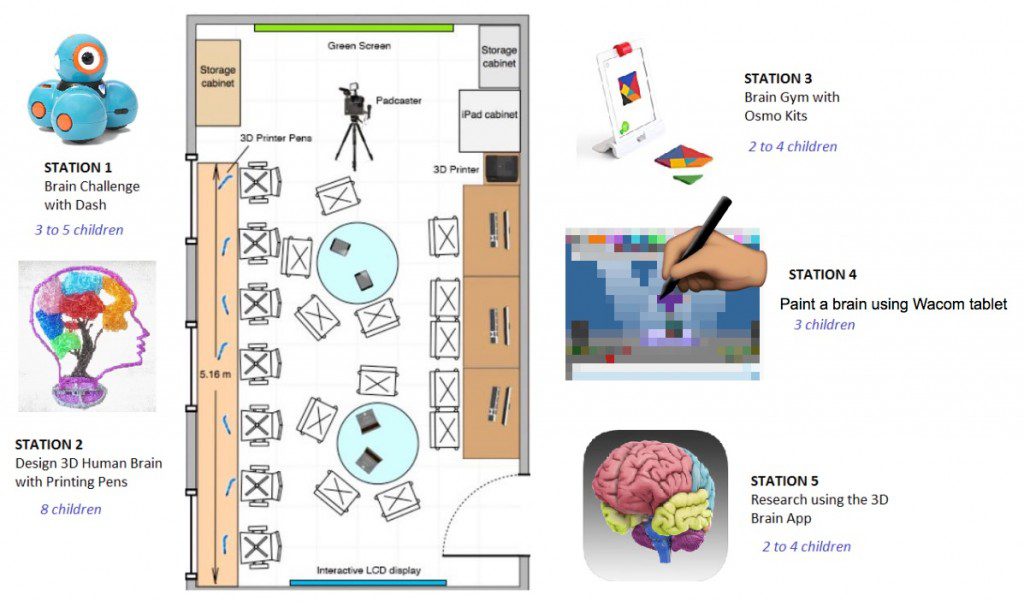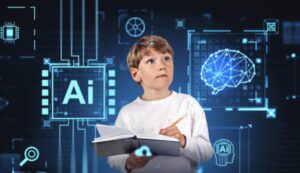Mindset refers to the assumptions and expectations we have for ourselves and others, which determine our commitment to any given task. Dr Carol Dweck, author of Mindset: The New Psychology of Success, coined the terms fixed mindset and growth mindset to describe the underlying beliefs people have about learning and intelligence. Learners with a fixed mindset believe that there is a limit on how much they can learn and, therefore develop intellectually. Those with a growth mindset on the other hand, believe they can get smarter, and they understand their talents and abilities can be developed through effort and persistence.
Although individuals may not necessarily be aware of their own mindset, it can still be discerned based on their behaviour. The mindset of an individual becomes particularly evident in the face of setbacks or failures. A student with a fixed-mindset dreads failure because it is a negative statement on his or her basic abilities, whereas growth-mindset individuals do not mind failure so much, since they realise their performance and learning can be improved from failure.
As educators, we must do all that we can to cultivate our own growth mindset first. This means we should be lifelong learners, keen to develop our skills, and acquire new ones. After all, we are role models for the students that we teach, and to have a growth mindset also shows our students that we believe they can be successful too. Equipped with a growth mindset, educators will adapt the teaching style and instructional material, to ensure all students can learn.
Recent advances in neuroscience have shown than the brain is much more malleable than previously thought. Research on brain plasticity shows how the connectivity between neurons change with experience. With sustained practice, neural networks grow new connections, strengthen existing ones, and builds insulation that speeds the transmission of impulses. Teaching learners about their brain plasticity then, helps to shift mindsets from fixed to growth, which then leads to increased motivation and achievement.
In addition to teaching about brain plasticity, the type of feedback that teachers give their students can have a huge impact on their mindset. For example, studies presented by Carol Dweck have shown that telling children they are intelligent encourages a fixed mindset, whereas praising effort cultivates a growth mindset. When students have a growth mindset, they are more likely to take on new challenges and learn from setbacks, which therefore increases their abilities and achievement.
To put all this theory into practice, we gave our teachers and students these activities below to complete in the makerspace. Even if your school does not have a makerspace, depending on the resources you have available, these activities can be adapted to take place in a standard classroom. The most important thing is for the activities to give students the opportunity to learn something new whilst being challenging and fun! By tackling and overcoming these learning challenges, the idea is for students to develop their growth mindset.
[accordion]
[item title=”Growth Mindset Makerspace Activities”]
[embeddoc url=”https://technologyforlearners.com/wp-content/uploads/2018/08/Growth-Mindset-Makerspace-Lesson.docx”]
[/item]
[/accordion]




